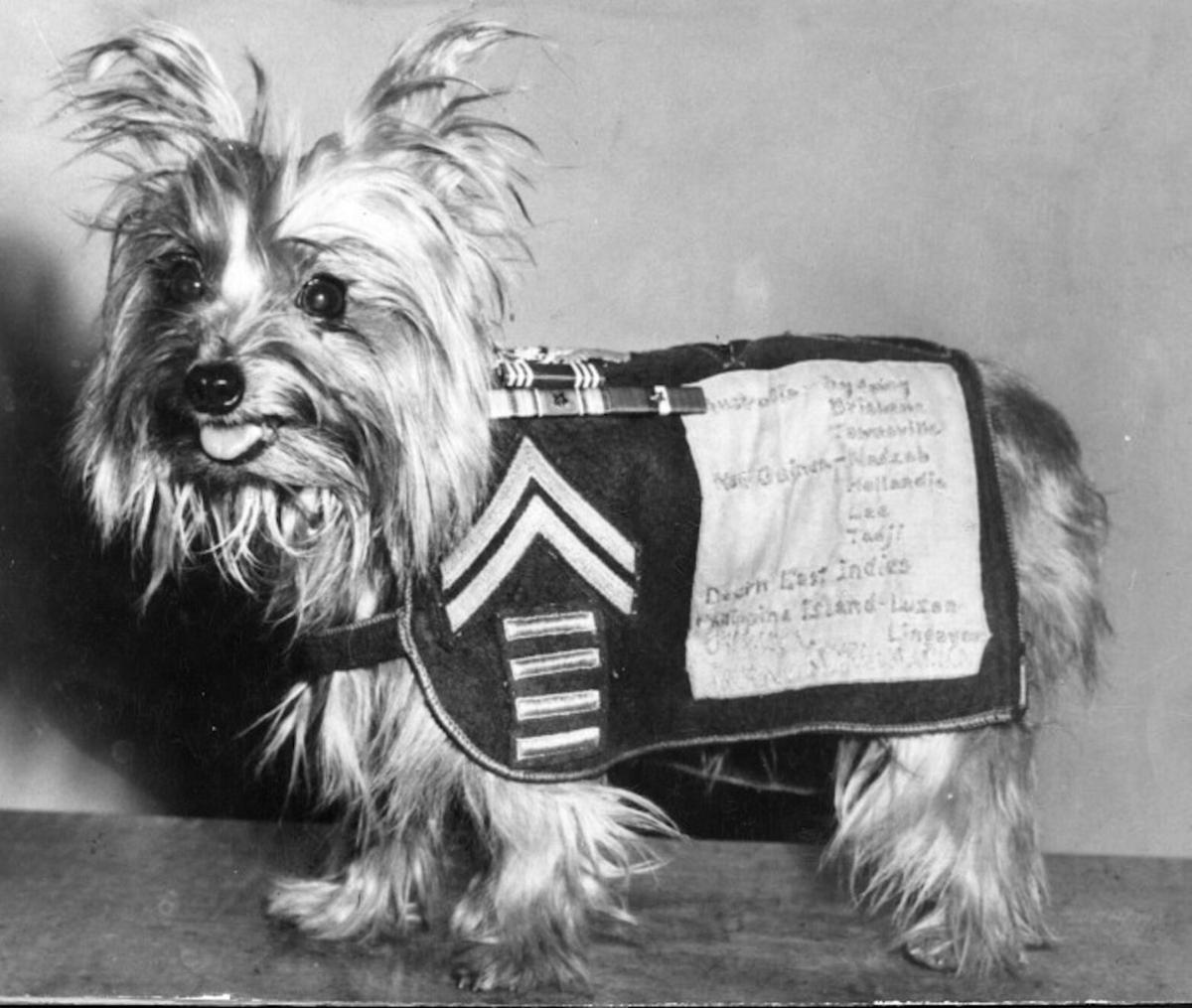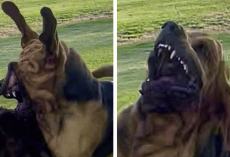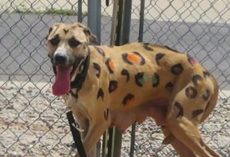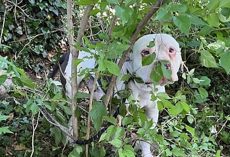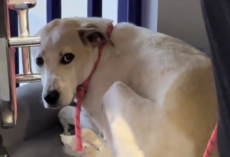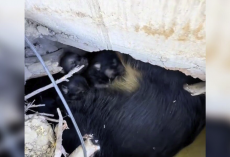In this day and age, we tend to forget history and not give it much importance. After all, “it’s all in the past”, right? We’re focused on moving forward, that’s all the matters.
It’s not wrong. But, with us not wanting to know more about the past, we miss out on so many good stories. Most especially those of our little heroes and history makers that were rarely mentioned in textbooks. Yes, we’re talking about the dogs in history whose stories have somehow gotten buried and have been forgotten throughout the years.
You’re probably thinking that there can’t possibly be that many dogs that have made significant contributions to the world, mankind, and history. But there are a number of furry friends who have ultimately influenced important parts of history.

Here, we’ll bring you a glimpse of the past, but it’s going to be a lot more interesting because dogs are involved!
Let’s go back to the Philippines in 1944, during the Second World War in the Gulf of Lingayen. There was an American airbase that was built and was a crucial airfield for Allied warplanes.
Everyday waves of Japanese planes attacked the Allied airfield, which ultimately affected the communication lines. Back then there was a very limited way of communicating with people, as we all know, and this was starting to make the soldiers worried.
As the American commanders urgently needed to run telephone lines through a pipe that stretched roughly 70 feet underground from the base to three separate squadrons, they soon realized that soil had sifted through the corrugated sections at the pipe joinings, filling as much as half of the pipe — they lacked the proper equipment to fix it themselves.
Here’s when our little Yorkie soldier, Smoky, comes into the picture.
Giving Smoky only four inches of headway, they sent her down through the pipe with a kite string tied to her collar. The string could then be used to thread the wires through the pipe. Calling to her, coaxing her forward was her owner, Corporal Bill Wynne, a 22-year-old Ohio native, who’d adopted her while he was in New Guinea.

In an interview after the war, he talked about this moment: “When she was about 10 feet in, the string caught up and she looked over her shoulder as if to say `what’s holding us up there?’ The string loosened from the snag and she came on again. By now the dust was rising from the shuffle of her paws as she crawled through the dirt and mold and I could no longer see her. I called and pleaded, not knowing for certain whether she was coming or not. At last, about 20 feet away, I saw two little amber eyes and heard a faint whimpering sound . . . 15 feet away, she broke into a run.”
Smoky had succeeded in reaching the other side. The communication network was established! She was credited with saving the lives of 250 men and 40 planes that day. What would have been a dangerous three-day digging task to place the wire was instead completed in minutes.
In the following years, Smoky not only became a soldier in her own right, but also a therapy dog that kept the fear at bay.

Smoky back-packed through the rest of the war and accompanied Wynne on combat flights in the Pacific. She faced adverse circumstances, living in the New Guinea jungle and Rock Islands, suffering the primitive conditions of tents in equatorial heat and humidity.
Despite all of this, it still couldn’t compare to the struggle that Smoky had before being adopted by Wynne.
In February 1944, Smoky was found by an American soldier in an abandoned foxhole in the New Guinea jungle. She was already a young adult Yorkie (fully grown), but was way too small to be taken seriously. She was underfed and scrawny.
Since then, Wynne made sure that she was living a good life and was taken care of just like the other soldiers.
Unfortunately, Smoky had no access to neither veterinary medicine nor a balanced diet formulated especially for dogs, despite serving an important role. It was quite the mystery how she was never ill.
Her strength not only was for her but it became the source of the soldiers as well.

When Wynne caught dengue fever and was sent to the 233rd Station Hospital, Wynne’s friends brought Smoky to see him, and the nurses were charmed by the tiny dog. They asked if they could bring her around to visit the other patients who were badly wounded.
They noticed how she was able to lift up those who were pretty glum because of the war and its effects. Not only with her presence but also with her personality.
The four-pound Yorkie became a popular and effective diversion for wounded men in the Philippines as well as back home in the US after the war.
Word traveled about how this tiny dog was making a massive impact wherever she visited. Soon, some kind of trend started. Patriotic dog owners decided to help those who were serving the country and they brought their pets to serve as hospital dogs to uplift the injured soldiers as they recovered from their wounds.
It was said that Smoky was the first therapy dog and the rest followed in her footsteps.
After the war, Wynne and Smoky continued to tour hospitals and entertained millions during the late 1940s and early 1950s.

A few other skills that were added to Smoky’s “repertoire” were walking a tightrope blindfolded and performing in 42 live TV shows without ever repeating a trick.
In 1955, Smoky retired and passed away two years later at the age of 14. Wynne and his family buried Smoky in a World War II, .30 caliber ammo box at the Cleveland Metroparks, Rocky River Reservation in Lakewood, Ohio.
On Veterans Day, November 11, 2005, a bronze, life-size sculpture by Susan Bahary of Smoky sitting in a GI helmet, atop a two-ton blue granite base, was unveiled there. It is placed above the very spot that Smoky was laid at her final resting place. This monument is dedicated to “Smoky, the Yorkie Doodle Dandy, and the Dogs of All Wars”.

There’s a lot that we miss out on when we refuse to look back and learn about the past, such as this beautiful story of a brave dog who became the source of life and love.
More stories waiting to be talked about again. We hope you’ll stay tuned for more Dogs in History!

